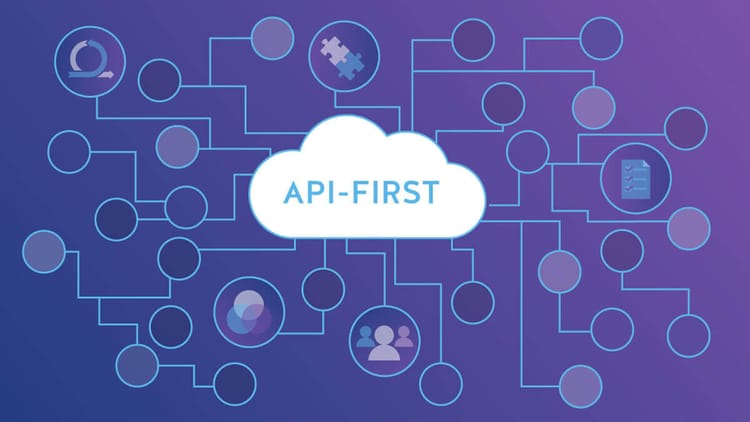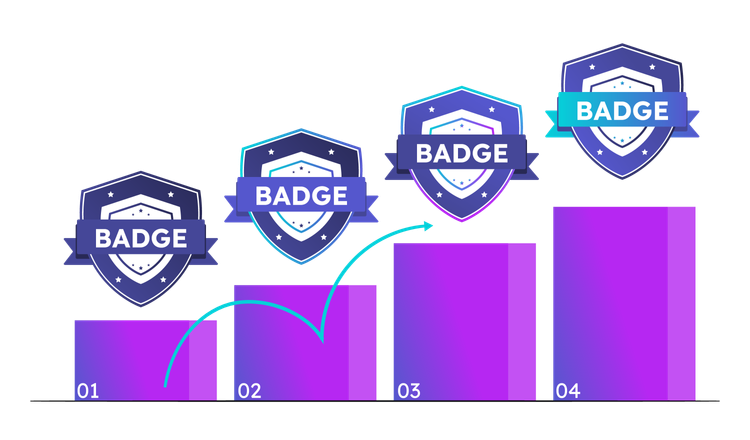Building Internal Consensus on a Partner Strategy

A Journey, Not a Jolt
Forget "Big Bang" partner strategies. In today's ecosystem-driven world, building a winning partnership playbook requires a more nuanced approach – one that prizes openness, collaboration, and a healthy dose of skepticism. It's a journey of consensus, not a jolt from the C-suite.
When working to build internal consensus on a partner strategy, consider some of the below:
Start with an open mind. Ditch your biases and pre-conceived notions and embrace the "blank slate" mentality. Listen actively, deeply, and with genuine curiosity. Their insights may be the missing piece to your puzzle.
Before diving into strategy creation, fully grasp your company product and channel strategies. This grounding ensures your partnership efforts align with – and amplify – your core goals. If your strategy ends up conflicting with other Product or Commercial priorities, it will be hard to get traction and deliver impact.
Be a radar for sensitivities. Every company has its taboos, its unspoken rules. Identify potential hot topics – corporate scar tissue, historical baggage, hard lessons learned – and navigate them proactively. Respecting learnings builds trust, and helps the company evolve based on those hard lessons.
Ask the "basic" questions. Don't assume you know it all. Drill down with simple yet powerful inquiries: What does good look like? Who are our ideal partners? What value can we offer each other? How will we measure success? How will we know we are winning? These seemingly elementary questions can unearth hidden gems and reveal blind spots.
Pressure test your options. Poke holes in your assumptions, challenge your hypotheses, and stress-test your potential strategy. Imagine where your strategy could lead in 2 to 3 years and ask is that where you want to be?
Spend time with internal skeptics. Don't dismiss dissent as negativity. Seek out the naysayers, the doubters, the "what ifs?" Their skepticism can be a valuable asset, uncovering potential risks and forcing you to refine your strategy. Understand the "why" behind their opinions. Embrace them as partners in your journey, not obstacles.
Source the right data. A strategy is nothing without data to support it. Identify the key data that truly matter – costs, ROI, sensitivity ranges – and track them religiously.
Share, iterate, repeat. Don't hoard your findings in a silo. Share your progress, your challenges, your learnings with stakeholders across the organization. Solicit feedback, refine your approach, and iterate rapidly. Remember, consensus is a continuous process, not a one-time event.
Work your way up the organization. Don't wait for the green light from the top. Build momentum at the ground level, win over key stakeholders, and demonstrate the power of your partnership strategy.
Finally, remember this mantra: Strong opinions, loosely held. Be passionate about your vision, have an opinion, but be willing to change your mind as you learn more.
Embrace the power of collaboration, the wisdom of your peers, and the iterative nature of building consensus.
“A genuine leader is not a searcher for consensus but a molder of consensus."
― Martin Luther King, Jr.
If you enjoyed this piece, please share it. Thanks. 🙏




